Moisture control is an often neglected important care package in the quest for home sustainability by the average homeowner. Indoor moisture levels between 30 percent to 50 percent are considered optimal and helps make your home your true comfort zone. As with everything else, too much of everything is bad, likewise too little. Indoor moisture those not renegade from this fact, but we shall focus more on excess moisture in the home.
Moisture is water or liquid diffused in small quantities as a vapor within a solid or condensed on a surface. The home produces a lot of moisture from mundane tasks such as breathing, cooking, washing, bathing, and exercising lays moisture down into the home air. Since these are all common activities that a homeowner can boast of, so what makes your apartment seem like it is falling apart due to the throes of excess moisture?
Excess home moisture mounts its attack on the property over time. It kicks off when moist air comes in contact with a cool surface, it can condense. The condensation comes about because warmer air, which can hold more moisture than colder air, so when warm air cools, the moisture in it has to go somewhere else, this somewhere else is a cool surface. The moisture then condenses to form a liquid, that is water which can then trickle to stain if it is a wall or ceiling, rotting wood over time, reduces its durability and slowly and surely destroys the structure.
To correct and prevent the effects, hazards, and complications that excess indoor moisture proposes effectively, we would need to go down to the home and find out the reason your home may suffer from high levels of moisture. The causes are often multifactorial and you cannot just pinpoint a single effect. It can stem from the building materials, the location of the house, how old the house is, and so on. The frequently encountered findings in homes ravaged due to poor moisture control include:
- Water vapor condensation.
- Normal daily household activities like showering, boiling a kettle or cooking, drying laundry indoors, burning gas.
- Poor home structuring and construction are seen in increased permeability to moisture due to badly constructed foundations, infiltration of moist air through porous walls.
- Regions with high humidity.
- Regions with high rainfall.
- Faulty appliances e.g. dishwater, washing machine, or leaking pipes.
- Poor ventilation.
So how can we know that the home has excess indoor moisture as we do not have a 7th sense of some sort that can just detect it itself, hence some of the signs are:
- Accumulation of fog and condensation on windows.
- The moldy and musty smell of your home and furniture.
- Mold on ceilings and walls.
- Mold in bathrooms.
- Mold in the HVAC system.
However, you can invest in a humidistat which is a reliable tool for measuring the relative humidity of the home. Humidity levels should be maintained between 30-55 percent. Mold begins to appear in your home about 48 to 72 hours after exposure to excess moisture in the home. It is a fairly good method for detecting excess moisture in the home. Mold growth already on solid surfaces tends to spell the beginning of structural damage to come which are rotting of wood, peeling paint and wallpaper, and so on. Indoor mold is associated with lots of health problems mainly respiratory problems and allergic reactions. Excess indoor moisture also tends to invite lots of bugs like dust mites and termites, into your home because they thrive in a humid home. Moisture also not only damages your health, directly or indirectly, but it also goes after your appliances too, short-circuiting it and ultimately rendering it useless.
With all these, how then do we tackle this problem effectively? Several steps have been embarked upon and have been shown to greatly minimize excess indoor moisture and bring it back to normal.
- Ventilating the home especially areas notorious for having too much moisture like the kitchen and bathroom. Open the doors and windows if possible, use a good ventilation system, ceiling fans to dry the moist air.
- The use of dehumidifiers can help take the moisture out and the upside is that it can be turned off when the weather becomes hotter and environment arid.
- Temperature regulation in the home goes a long way also in helping tackle this problem. Warmer air has been known to hold more moisture than cooler air, so setting the heat a bit higher so as to make the homeless humid. Also, awareness of the disparity between the indoor and outdoor temperature helps because a wider gap between them can increase the humidity in the home.
- When bathing, take shorter cooler showers than hot long baths which increase the indoor humidity because of the steam it produces. An alternative to short cooler showers can be you cracking open a window when taking your bath, using special type low flow showerheads, or partially opening your shower to reduce the steam jet.
- Drying your wet clothes outside instead of indoors would also help control indoor moisture because hanging wet clothes indoors will increase indoor humidity levels.
- Running the AC also helps as it takes out the moist air from the home and them condenses it and water is let out. Cleaning the AC filter units from time to time not only when they are clogged would improve efficiency in reducing indoor humidity.
- Replacing your rugs and carpet can help take care of the retained moisture that this material has absorbed for long. Since there is a tendency for mold to collect in them and spore around the house even when you have made the home moisture-free this can start the cycle of mold growth if you do not get it cleaned or replaced when it is damp.
- Structural control measures which include:
- Repairing the walls when there are cracks and holes.
- Insulating crawl spaces with plastic vapor cover.
- Repair of leaking roofs, use of quality building materials during home construction.
- Use of vinyl wallcovering and other impermeable or waterproof wallcoverings that can help confine the moisture.
- Investing in houseplants, for example, Xerophytes, Epiphytes like mosses and ferns, English Ivy, Reed palms, Peace lily, Spider plant, Tillandsia, Boston ferns which get their water from the air rather than roots, and add way less water vapor to the air, thereby absorbing the moist air from your home and reducing the humidity levels.
These methods for moisture control would go a long way in protecting from the dangers of excess indoor moisture and if they are proving abortive, the help of a skilled professional must be the sort to effectively tackle this problem.







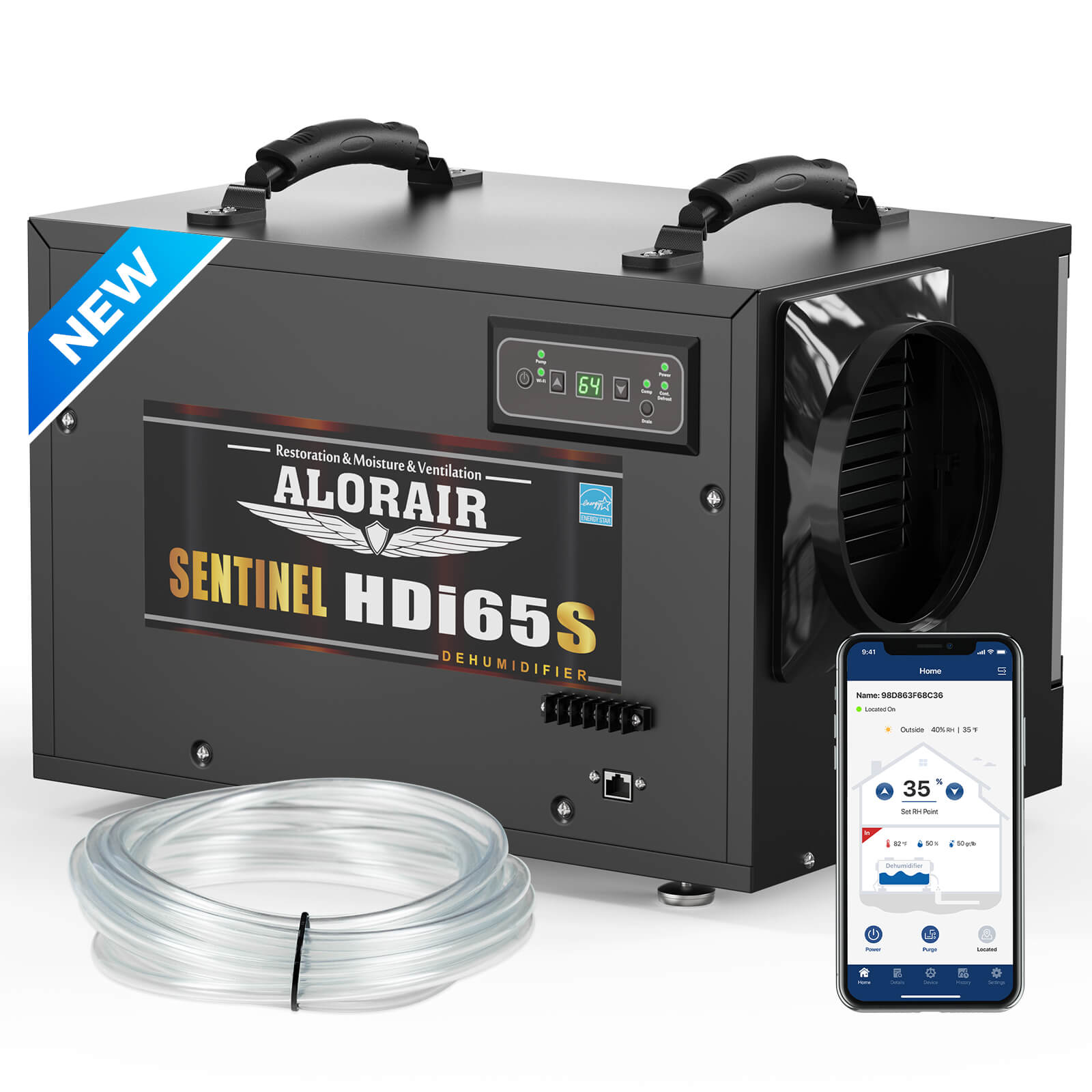
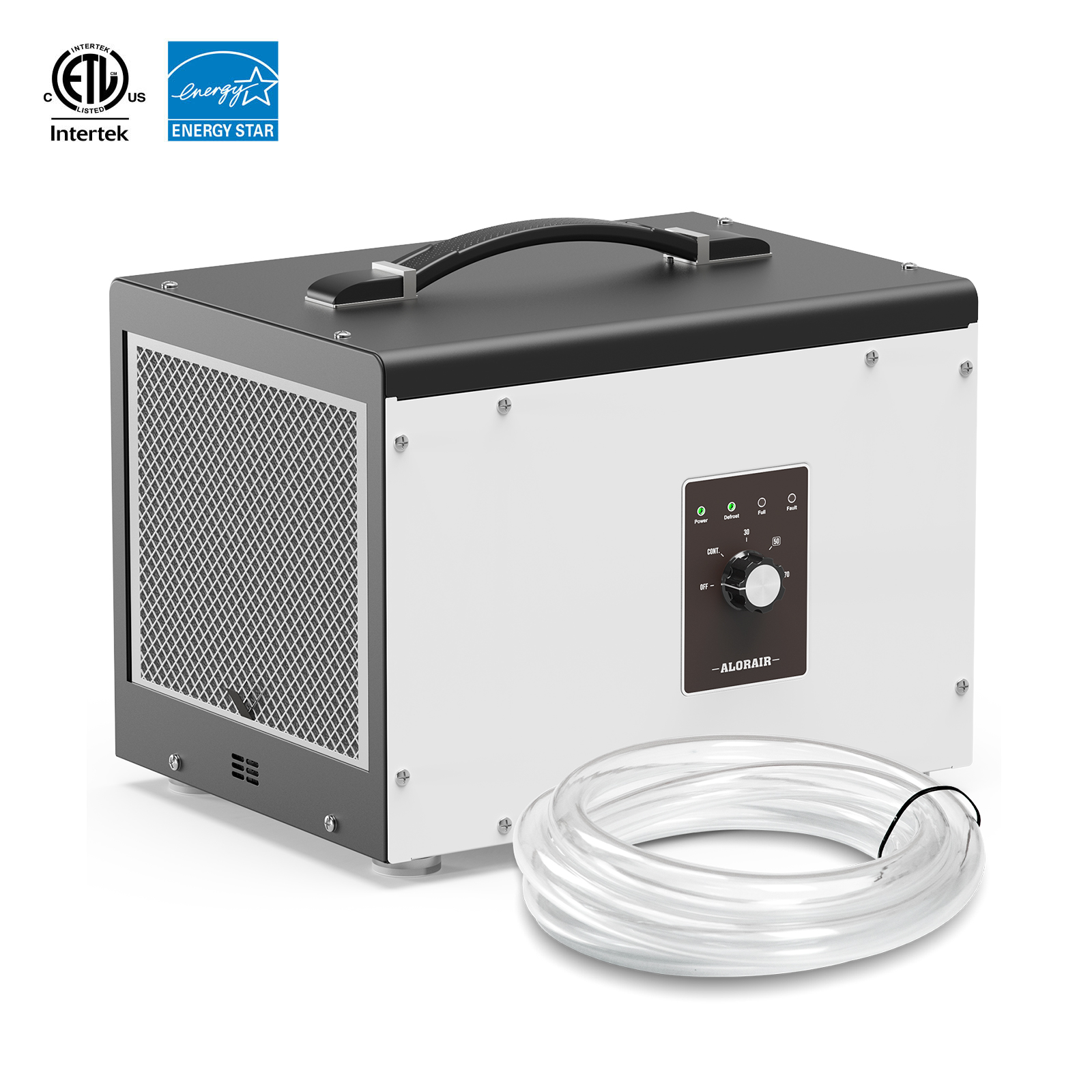
.jpg)
.jpg)

.jpg)

.HDi90.png)
.HD90.png)



.jpg)
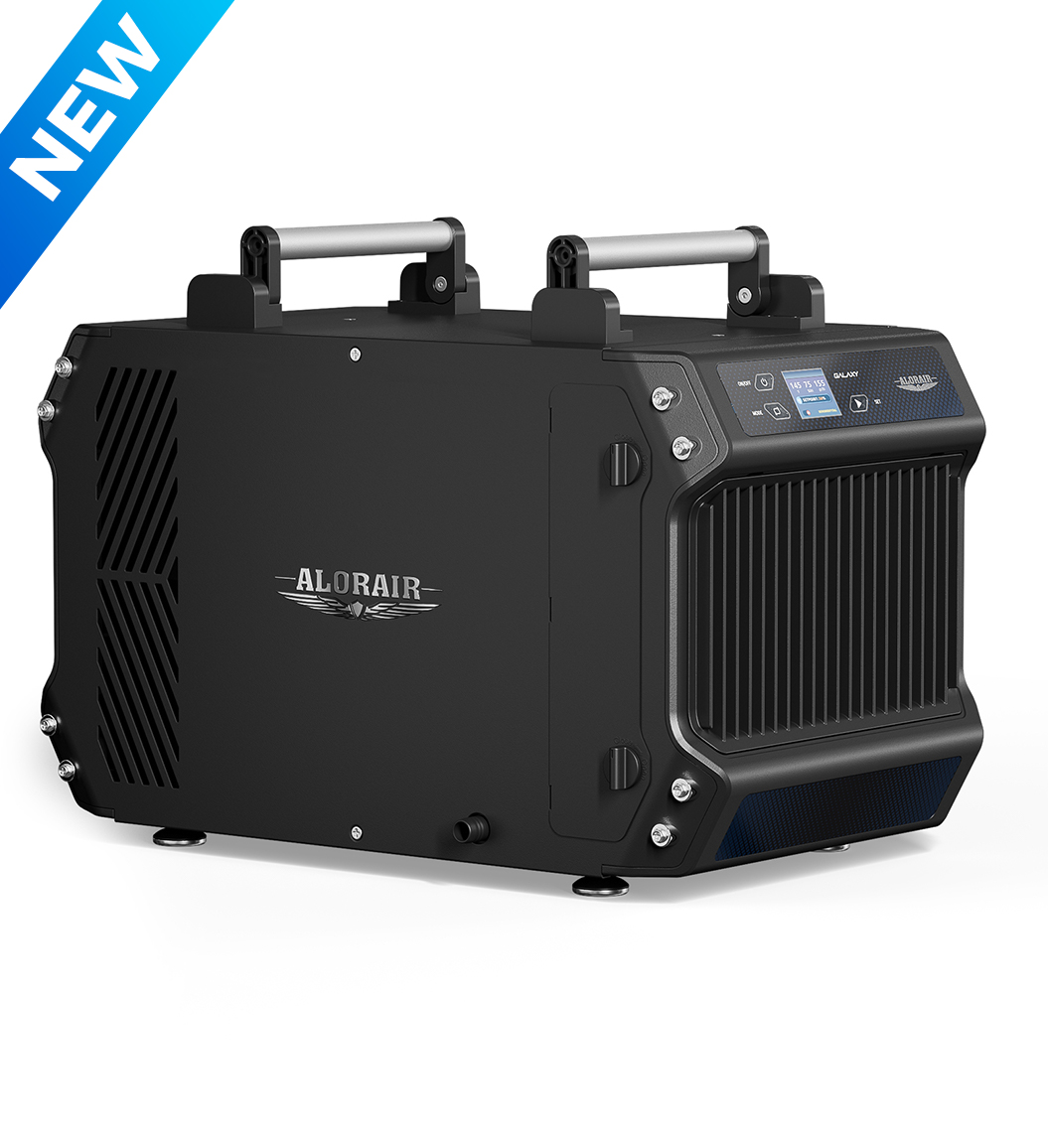
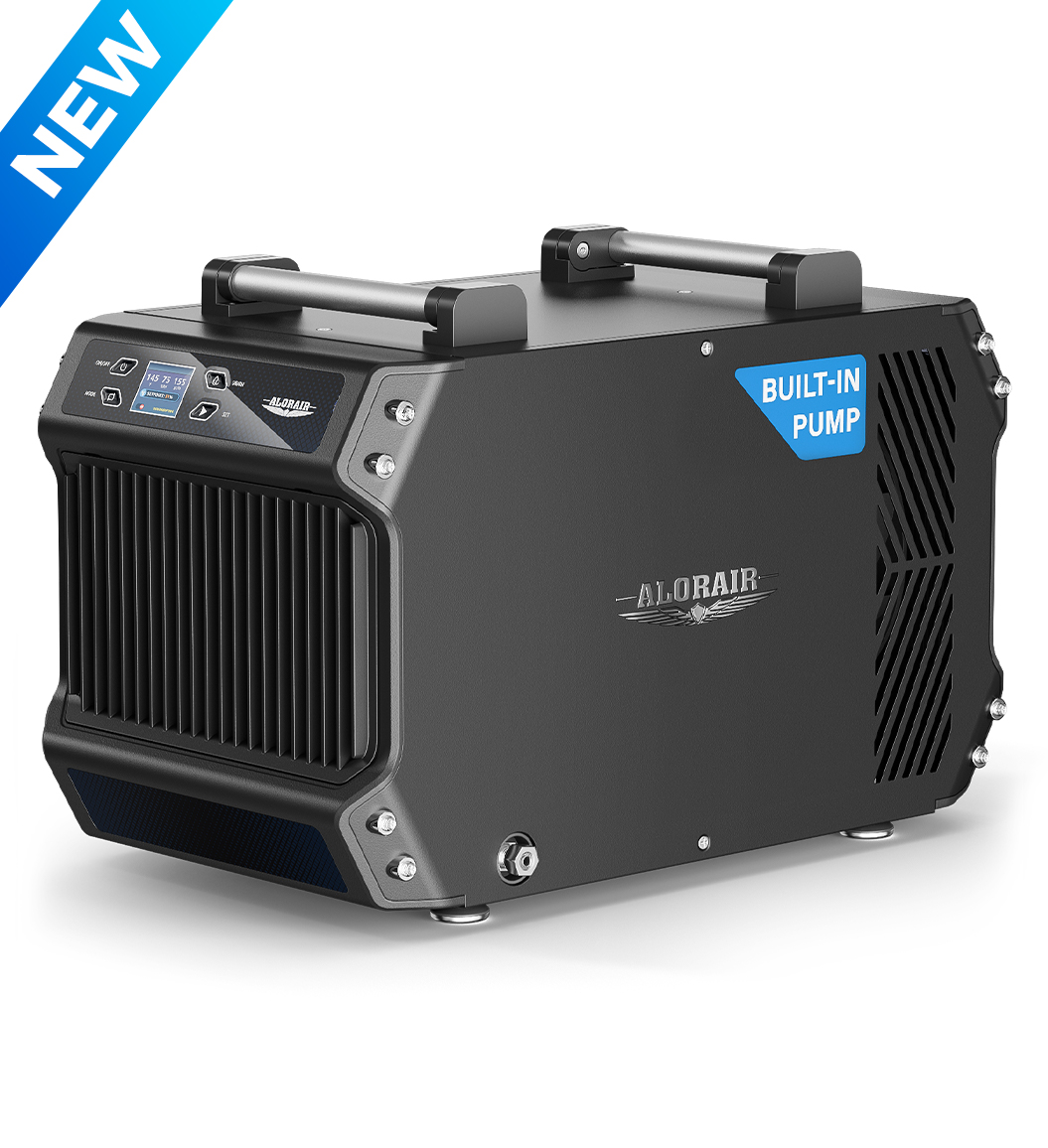




.jpg)
.jpg)
.jpg)
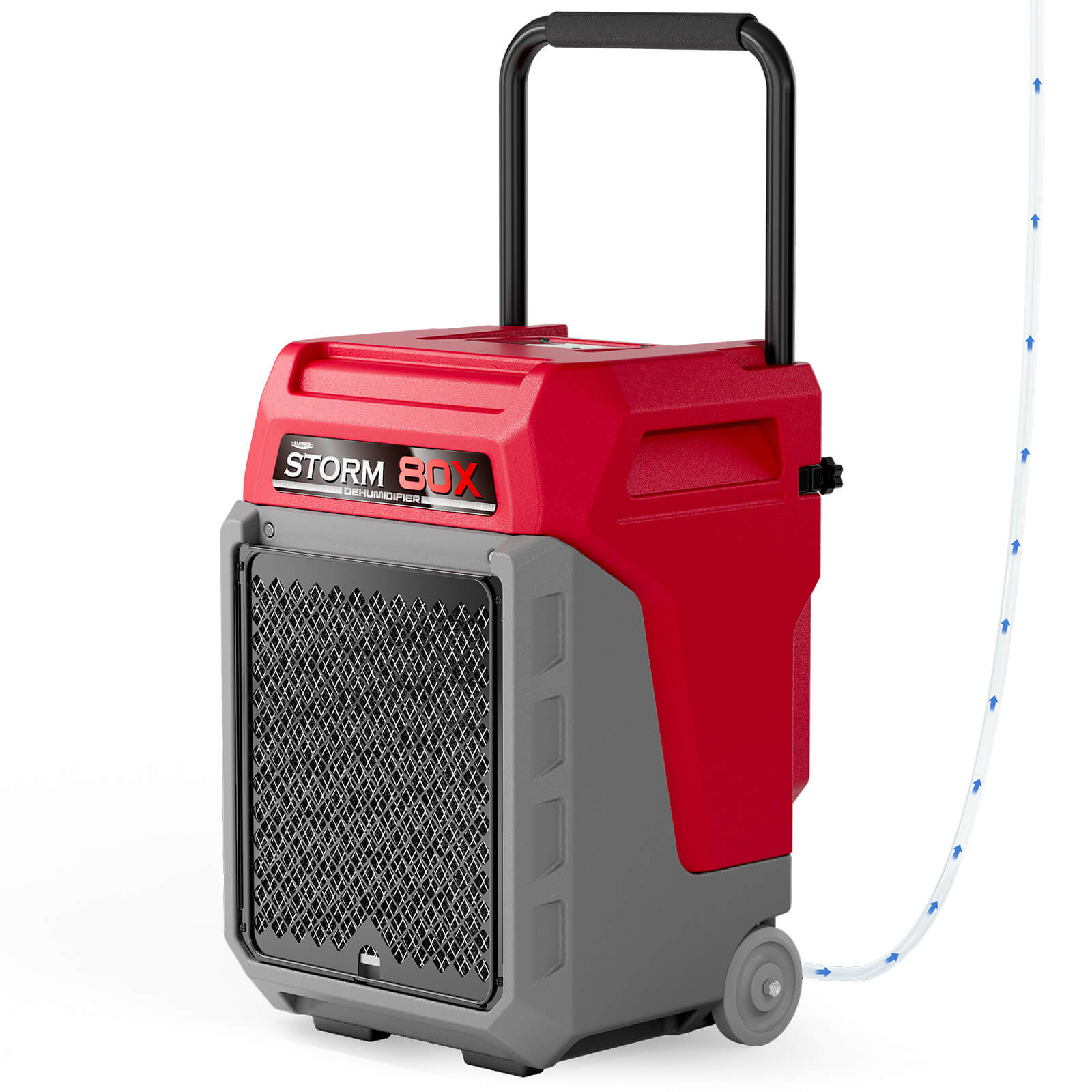


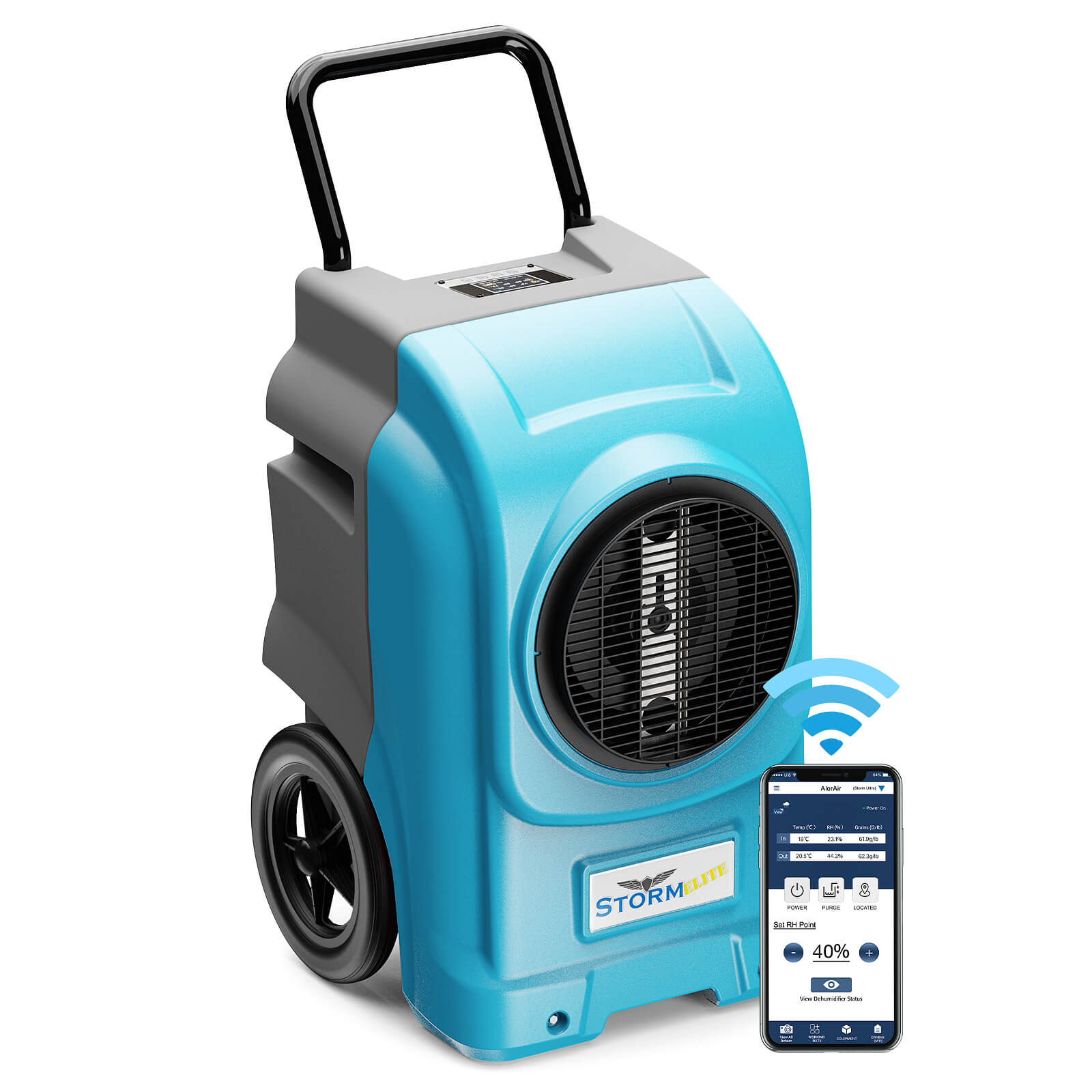

.jpg)
.jpg)

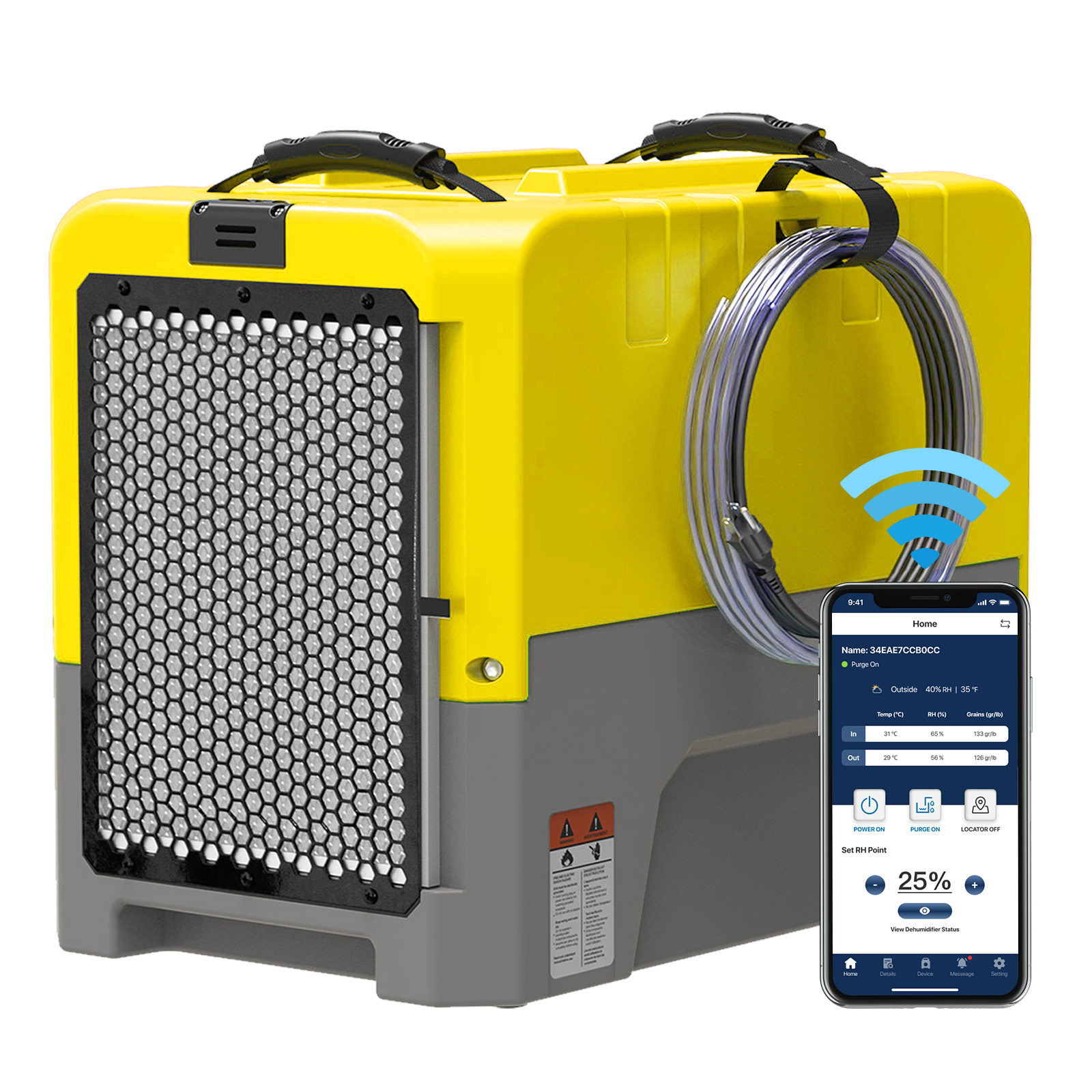








.jpg)
.jpg)








.jpg)
.jpg)










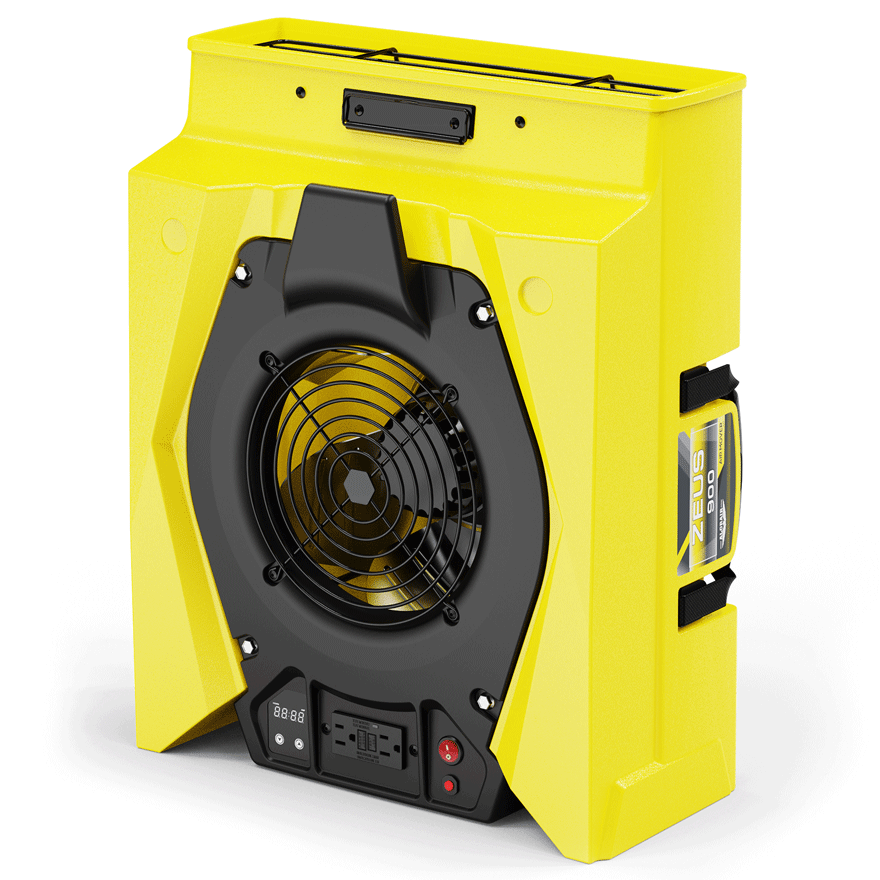
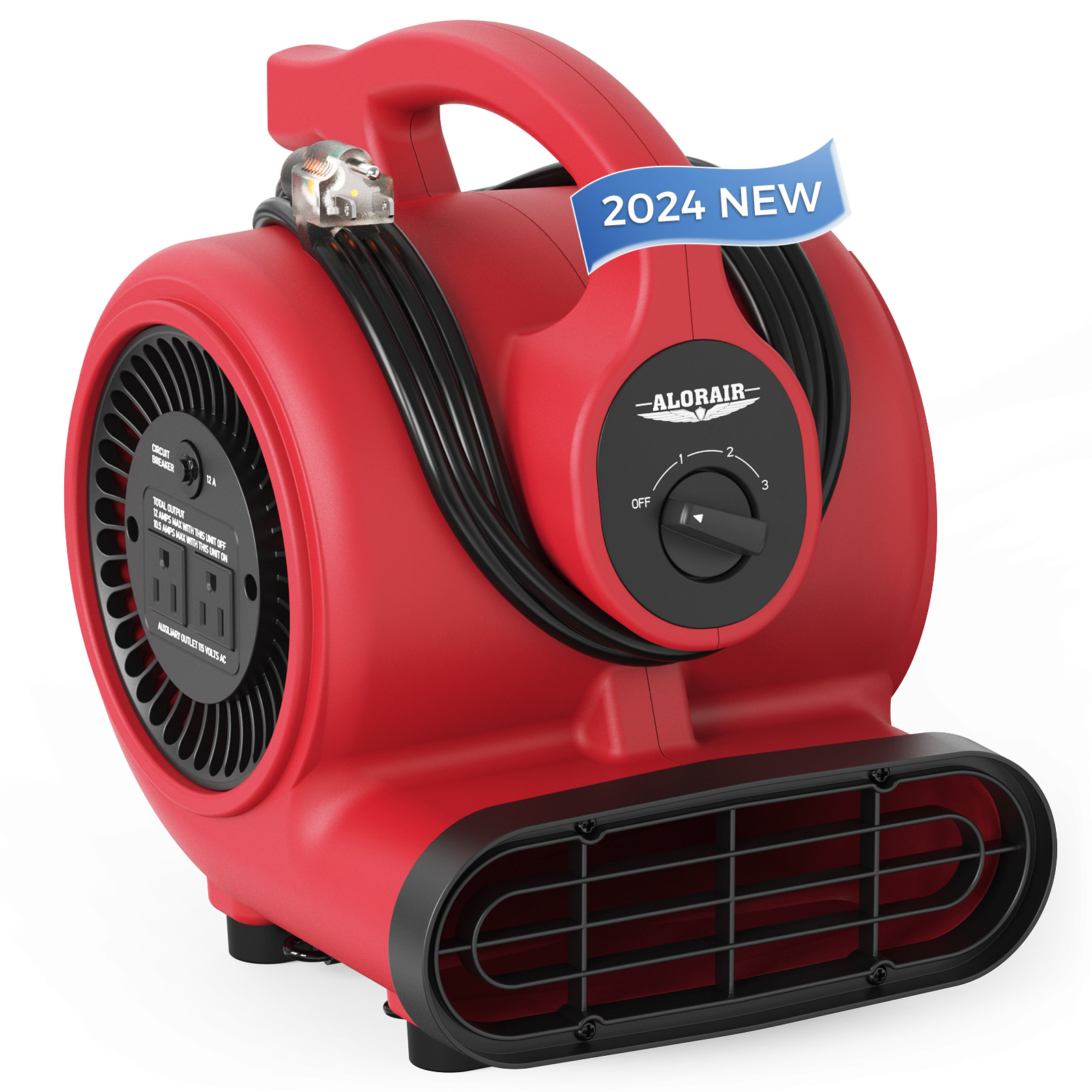
.jpg)
.jpg)
.jpg)
.jpg)
.jpg)
.jpg)
.jpg)
.jpg)
.jpg)
.jpg)
.jpg)
.jpg)
.jpg)
.jpg)





.jpg)
.jpg)
















-.jpg)
.jpg)

.jpg)
.jpg)



























 Exclusive offers
promotions
Exclusive offers
promotions

